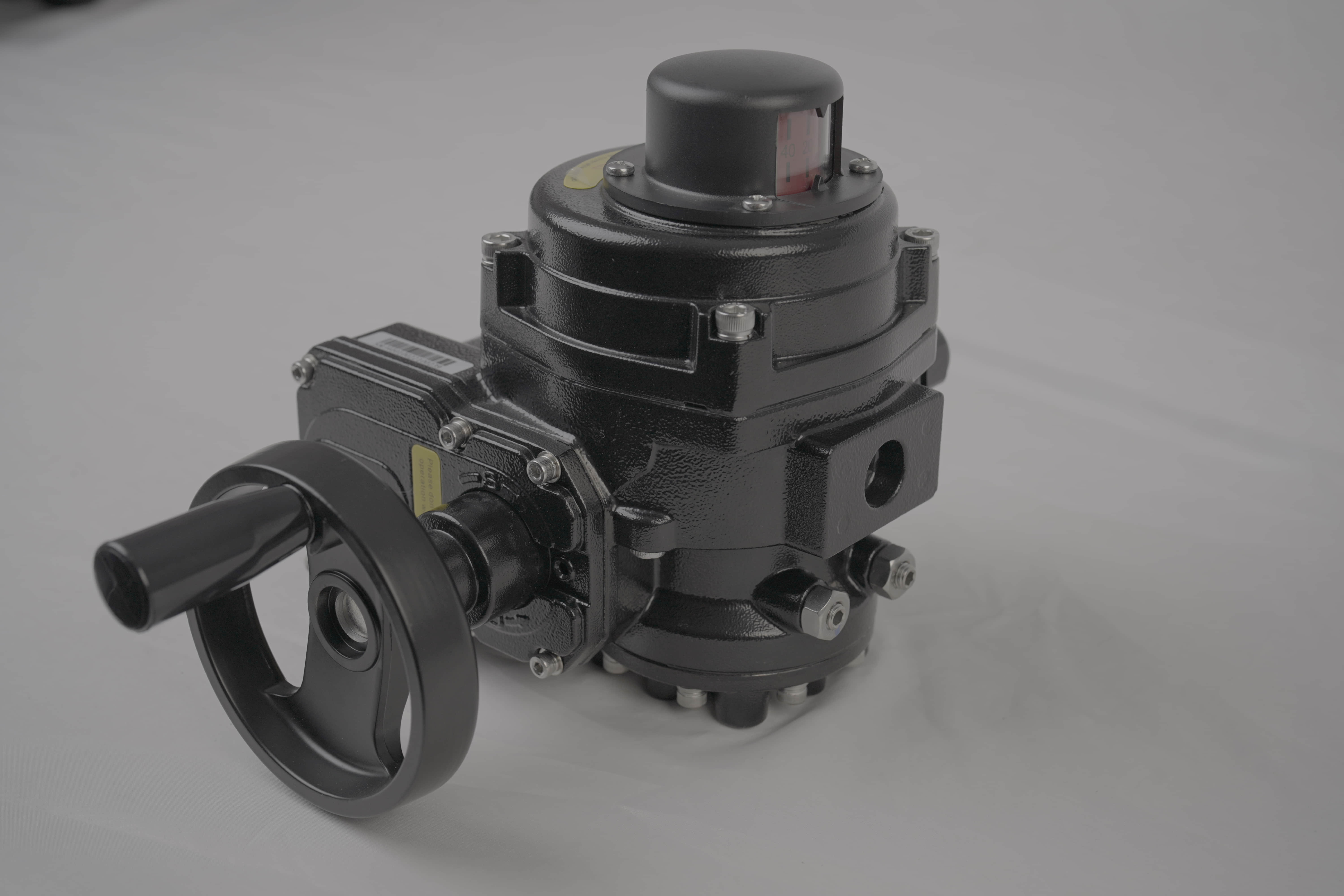the wcb lithium battery valve: an essential component for safety and performance
Release time:2024-12-09 13:12:46
In the rapidly evolving landscape of technology, lithium batteries have emerged as a crucial power source, powering everything from smartphones to electric vehicles. As the demand for these batteries grows, so does the need for safety features that ensure their reliability and performance. One such critical component is the WCB Lithium Battery Valve, which plays a pivotal role in maintaining the integrity and safety of lithium-ion batteries.

Understanding the WCB Lithium Battery Valve The WCB (Water-Cooled Battery) Lithium Battery Valve is designed to regulate pressure and prevent leakage within lithium battery systems. Lithium batteries are known for their high energy density, but they can also pose risks, particularly in terms of thermal runaway and overpressure. The WCB valve mitigates these risks by ensuring that the battery maintains optimal pressure levels, thus preventing potential hazards that could arise from excessive heat or pressure buildup.
Functionality and Design
The design of the WCB Lithium Battery Valve is rooted in advanced engineering principles. It typically features a pressure relief mechanism that activates when the internal pressure exceeds a predetermined threshold. This is crucial because lithium batteries can generate gas during charging and discharging cycles, especially in the case of faults or malfunctions. The valve allows this gas to escape safely, reducing the risk of rupture or explosion.

